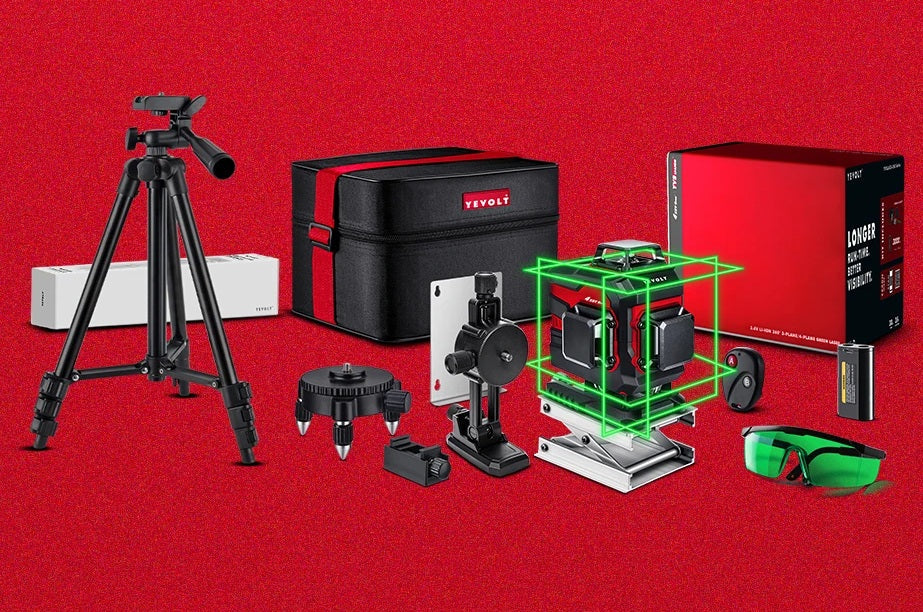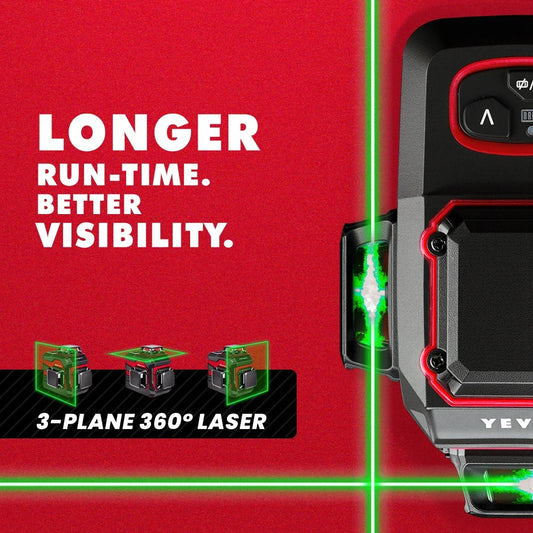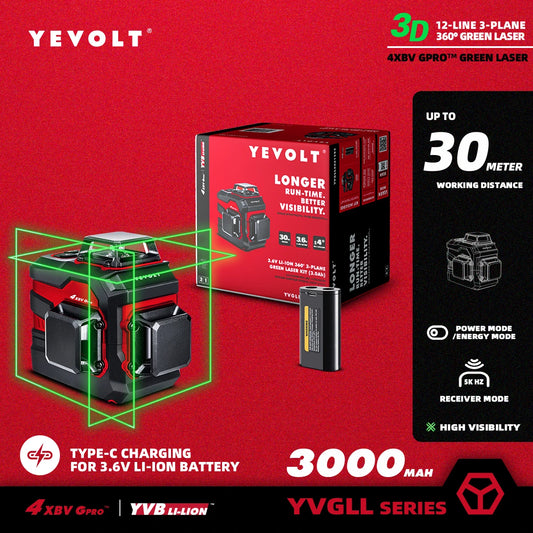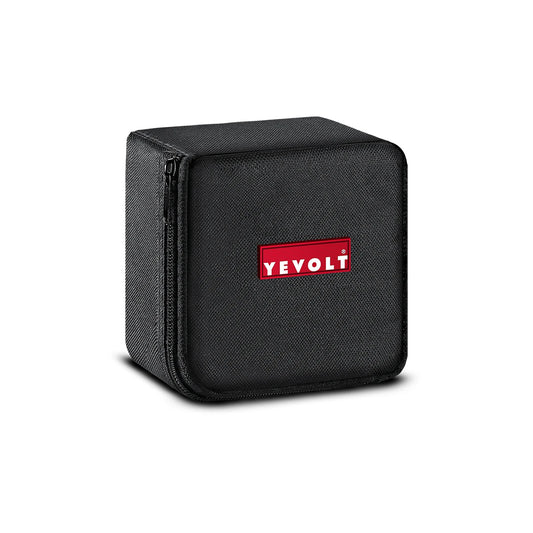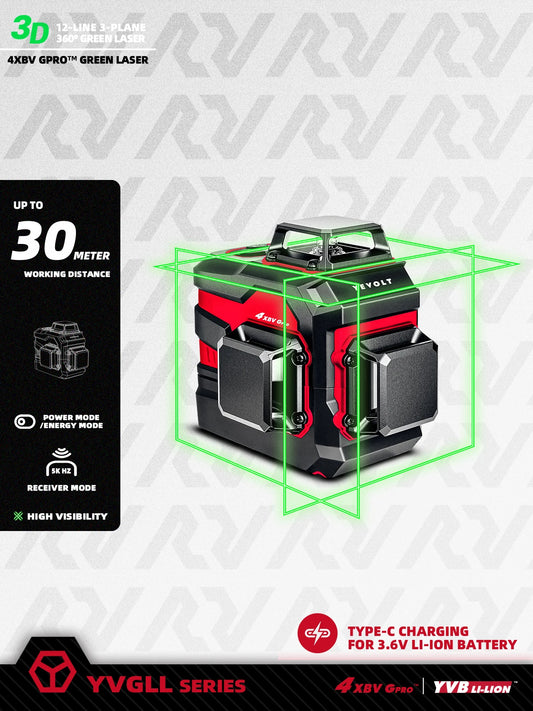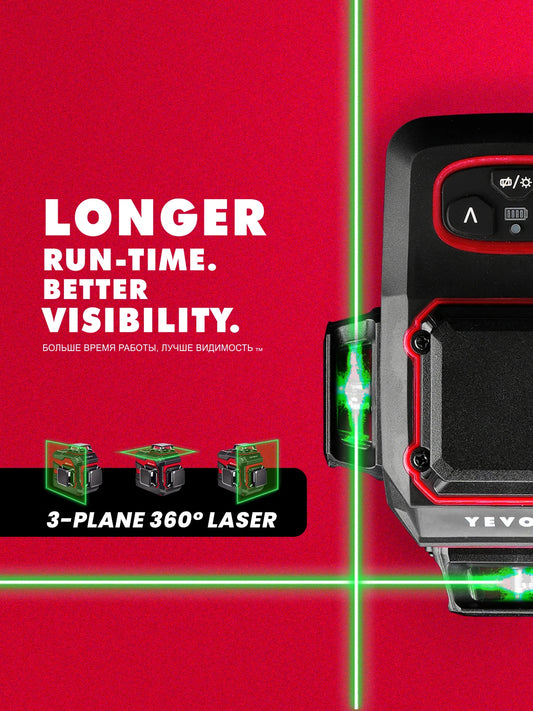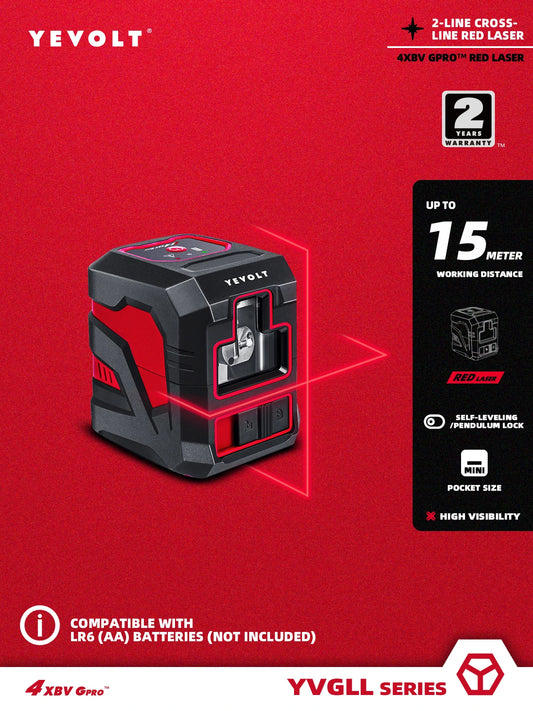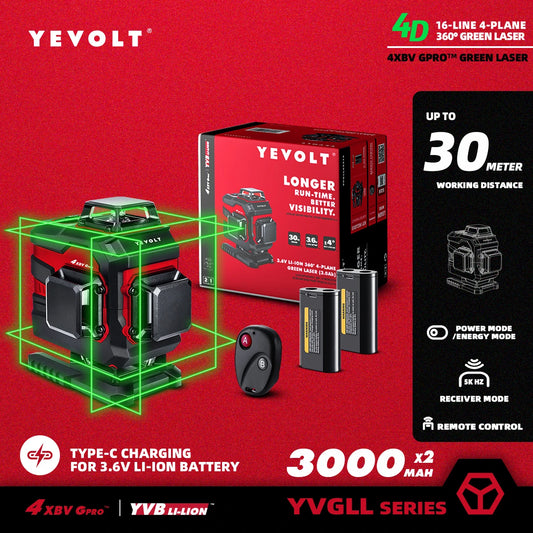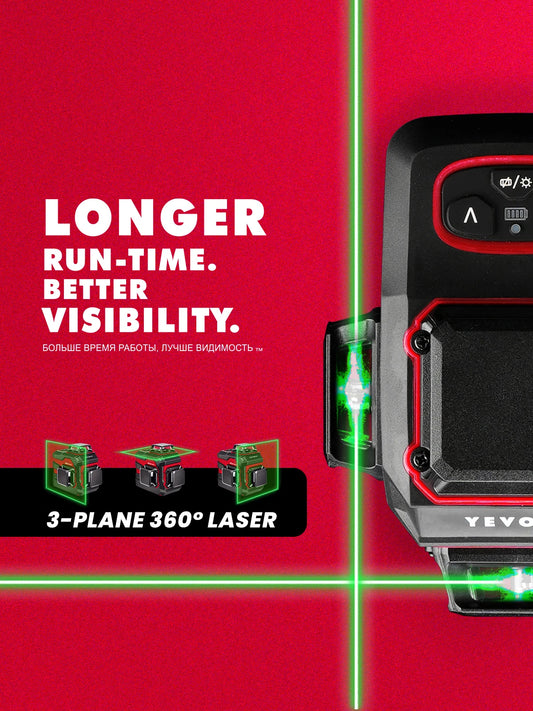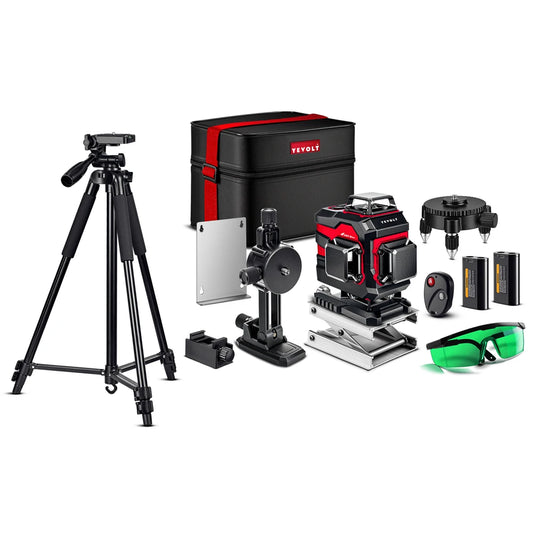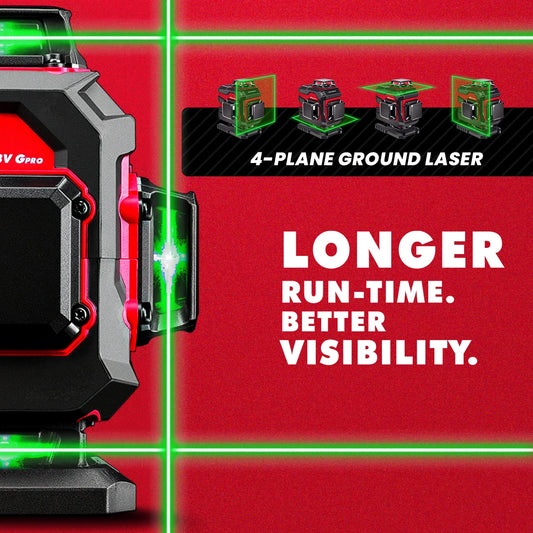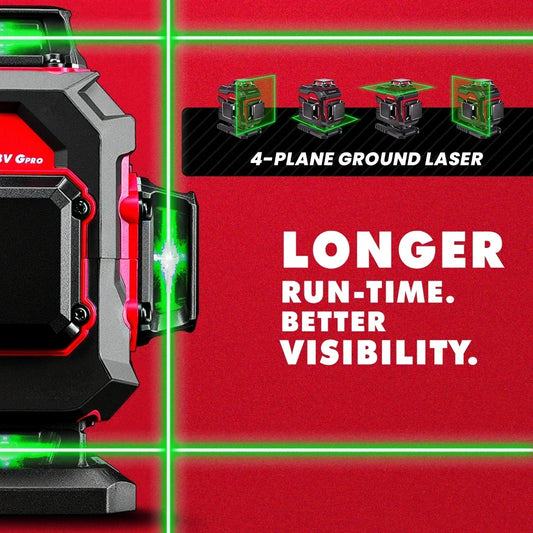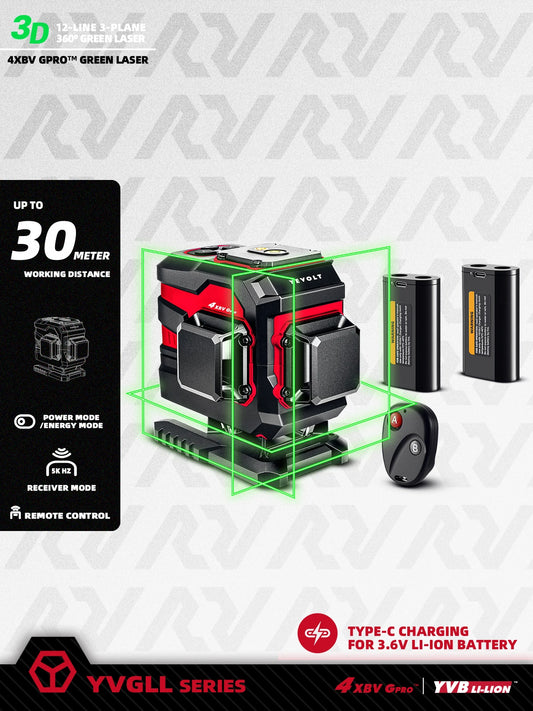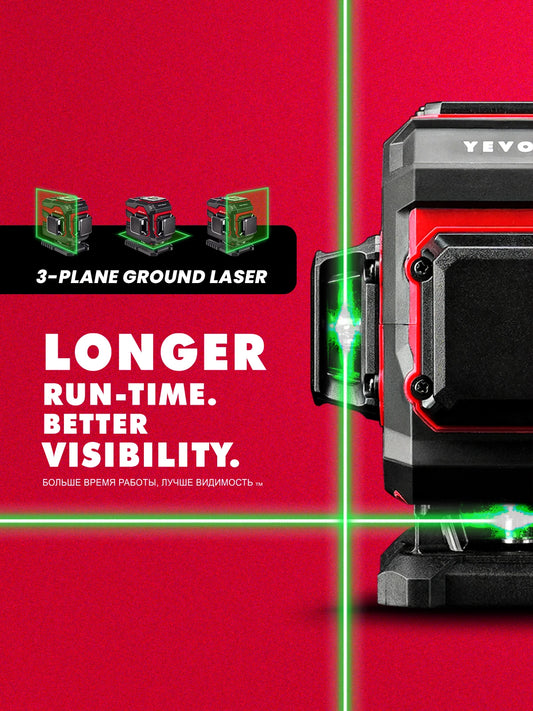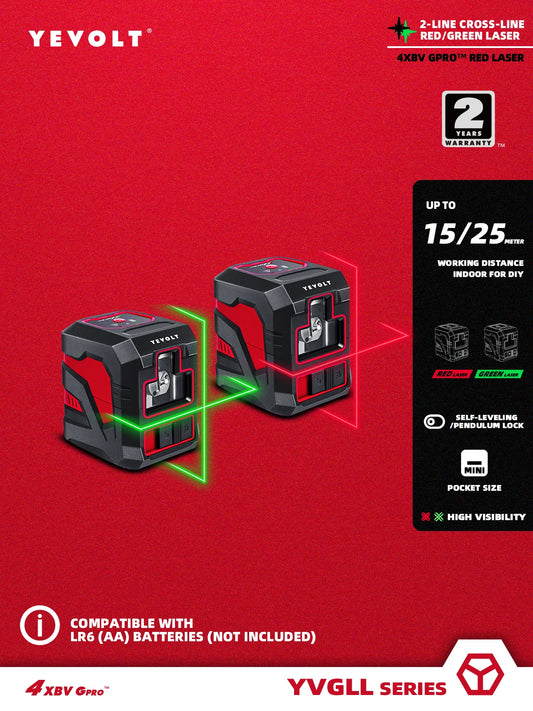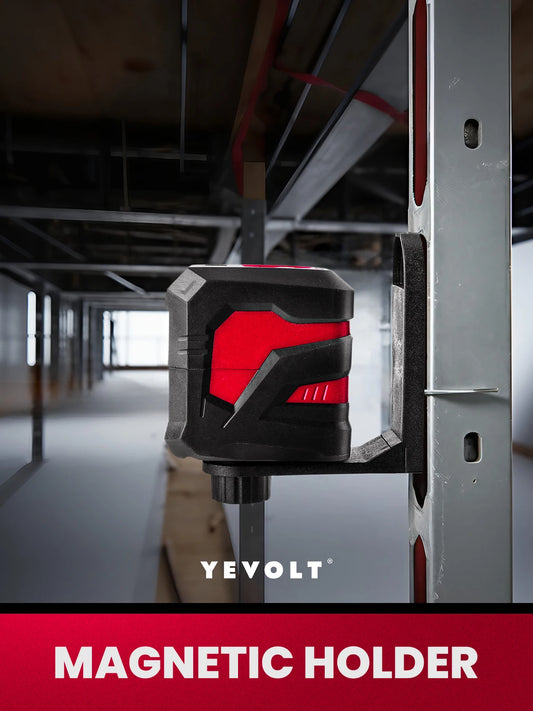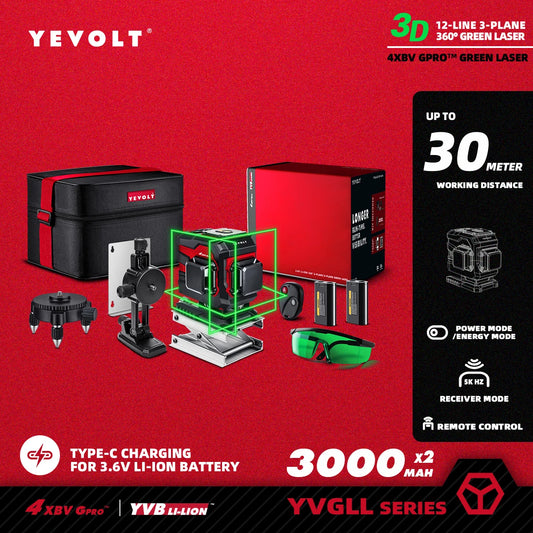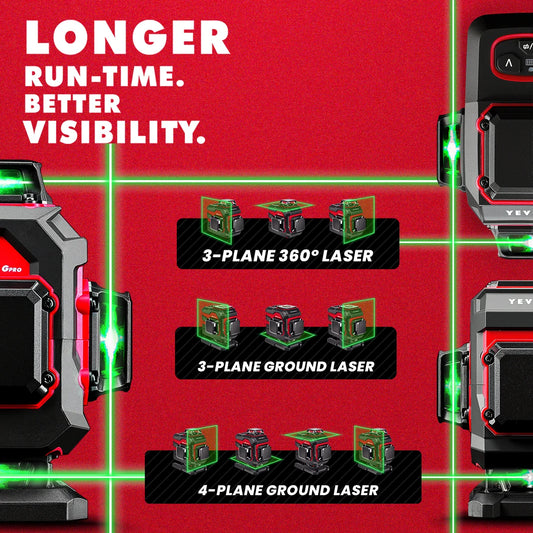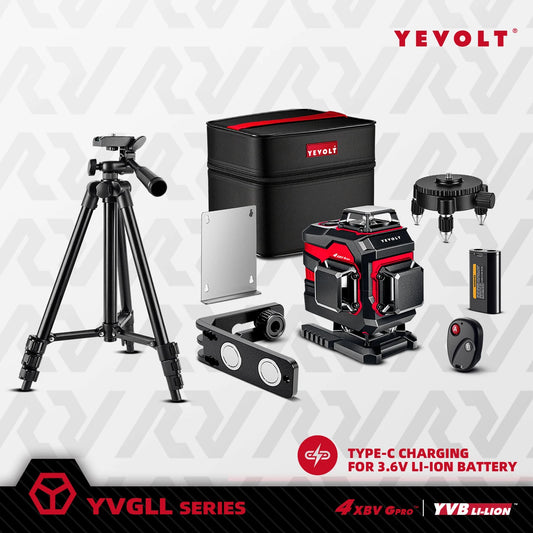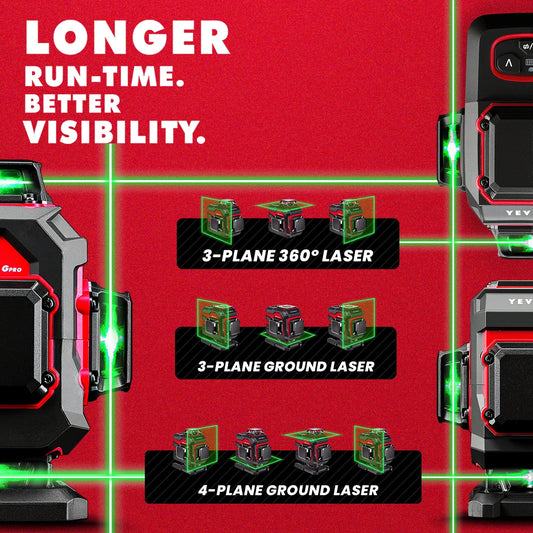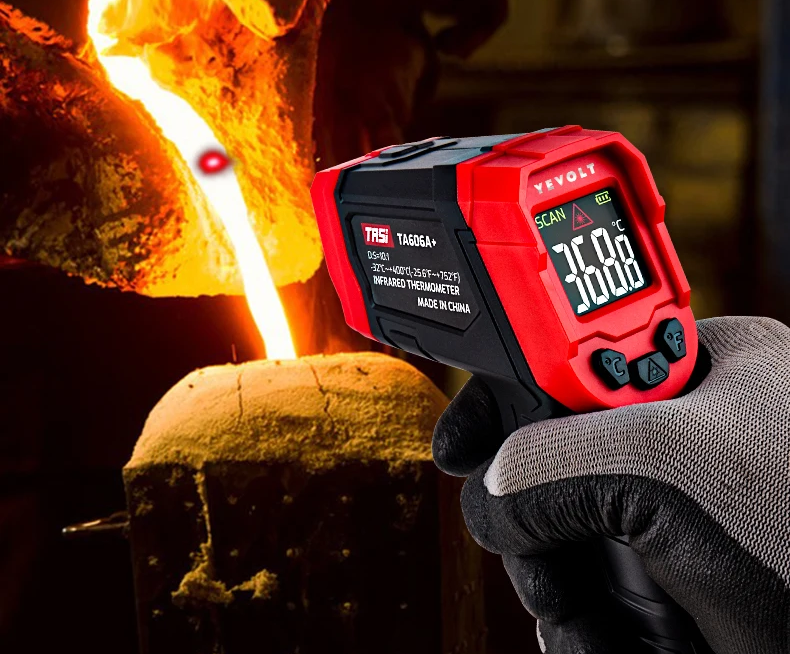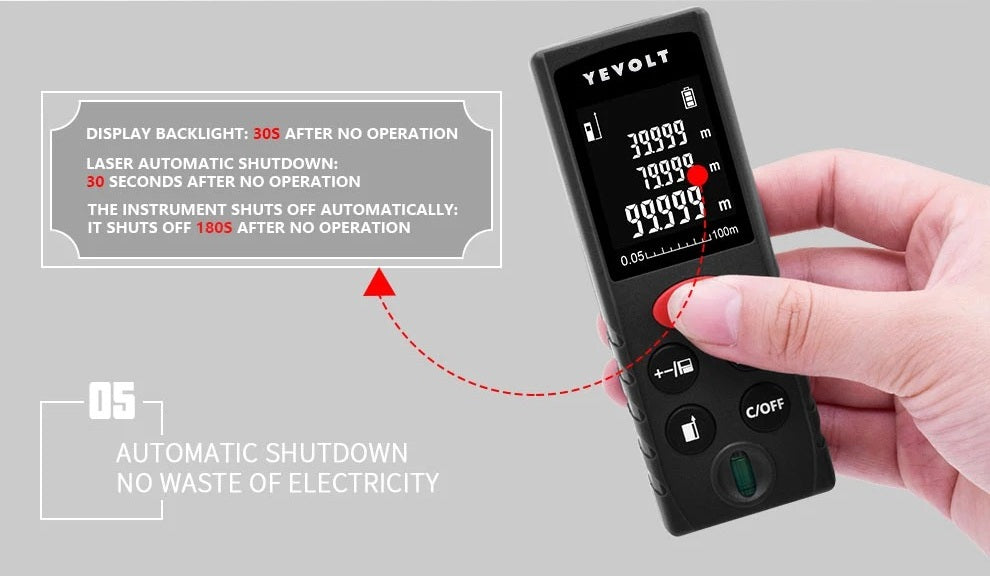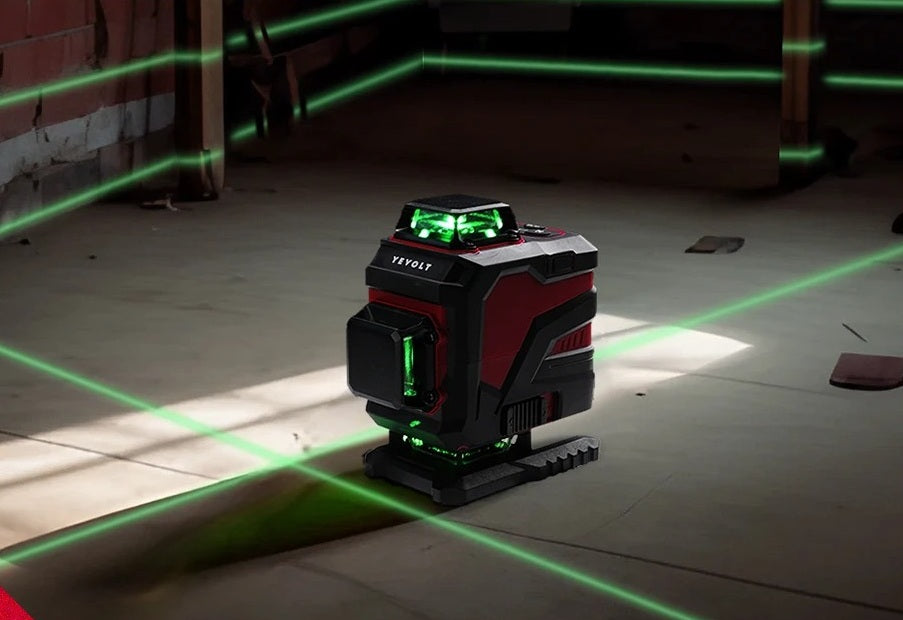Power Tools with Thread 2025

Compartilhar
As someone who’s spent years testing, repairing, and mastering power tools, I’ve learned one universal truth: the smallest components often make the biggest difference. That’s exactly the case with threaded power tools—a category that merges mechanical precision with torque-driven performance. Whether you’re a contractor, a DIY hobbyist, or a metalworker, understanding how threads enhance tool compatibility, stability, and power transmission can completely change how you work.
At YEVOLT.NET, we don’t just sell tools—we engineer confidence. In this guide, I’ll break down everything you need to know about power tools with thread: how they work, why they’re superior, and how to choose the right ones for your next project. You’ll learn about threaded accessories, fastener systems, thread pitch accuracy, and the real-world advantages that define professional-grade craftsmanship.
By the end of this article, you’ll understand not only how to identify quality threaded connections, but also how they extend tool life, improve torque control, and ensure a safer, smoother workflow. Whether it’s your impact wrench, drill, or grinder, mastering threads is key to unlocking their full potential.
Best Power Tools | Shop YEVOLT Best Sellers Now
Understanding Threaded Power Tools
Threaded power tools are designed with built-in screw-like mechanisms that allow secure attachment between the tool and its accessories—such as drill bits, grinding wheels, or sanding pads. These threads ensure that each component stays locked in place even under heavy vibration and torque.
What Is a Threaded Connection?
A threaded connection is the spiral ridge or groove that allows two parts—like a bolt and nut—to screw together securely. In power tools, this typically occurs at the spindle, shaft, or collet, depending on the tool type. For example:
-
Angle grinders use M14 threaded spindles to mount discs.
-
Drills rely on threaded chucks to hold bits.
-
Impact drivers often feature 1/2" or 3/8" threaded sockets.
The thread design is what prevents components from loosening during rotation, ensuring both precision and safety.
2 Line Lasers | Shop Now

Hammer Drill | Rotary Lasers | Laser Distance Meter | Multimeters | Clamp Meter
The Engineering Behind Threads
Thread Pitch and Diameter
Every thread is defined by two core measurements: pitch (the distance between each ridge) and diameter (the overall width). A smaller pitch means finer control—ideal for precision tasks like metal fabrication—while a larger pitch enhances grip strength, perfect for heavy-duty construction.
Material Strength
At YEVOLT.NET, we use hardened steel and heat-treated alloys to machine threads that resist wear and stripping. This ensures consistent engagement, even after thousands of tightening cycles.
Cordless Drills | Shop Now
 Network Cable Tester | Brake Fluid Tester | Paint Thickness Meter | Stud Finder | Thermocouple Thermometer
Network Cable Tester | Brake Fluid Tester | Paint Thickness Meter | Stud Finder | Thermocouple Thermometer
Advantages of Power Tools with Thread
1. Superior Grip and Stability
Threaded connections eliminate wobbling and slippage, allowing for consistent torque delivery. This stability translates directly into smoother cuts, cleaner finishes, and longer tool life.
2. Enhanced Safety
A securely threaded attachment minimizes the risk of parts detaching mid-operation—one of the most common safety hazards in power tool use. This is especially critical for grinders and cut-off tools operating at 10,000+ RPM.
3. Easy Accessory Swapping
Threaded systems are intuitive. You can quickly switch from a drilling bit to a screwdriver attachment without complex locking mechanisms, saving time on job sites.
4. Vibration Resistance
Unlike quick-release systems, threads absorb vibration through mechanical friction. This reduces operator fatigue and improves long-term ergonomics.
Infrared Thermometers | Shop Now

Hygrothermograph | Moisture Meter | Illuminometer | Anemometer | Sound Level Meter
Common Thread Types in Power Tools
| Thread Type | Application | Common Size |
|---|---|---|
| M14 | Angle grinders | European standard |
| 5/8”-11 | Bench grinders, sanders | North American standard |
| 1/2”-20 | Impact wrenches | Automotive work |
| M10 | Rotary tools | Light-duty projects |
When selecting a threaded accessory, always match the thread type and direction (right-hand or left-hand) to your tool’s specifications. Using mismatched threads can cause stripping or imbalance.
How to Maintain Threaded Power Tools
Proper maintenance ensures durability and precision. Here’s how I keep my tools running smoothly:
-
Clean Threads Regularly: Dust and metal particles can wear out threads. Use a wire brush and light oil for cleaning.
-
Avoid Over-Tightening: Excessive torque can deform threads. Follow the manufacturer’s torque recommendation.
-
Inspect for Wear: If threads feel loose or uneven, replace the spindle or nut immediately.
-
Use Anti-Seize Compounds: Especially useful for tools exposed to moisture or heat, preventing thread galling.
Choosing the Right Threaded Power Tool
When shopping for threaded power tools, consider the following factors:
1. Compatibility
Ensure your tool’s spindle or chuck matches the accessories you plan to use. YEVOLT tools feature standardized threads for maximum compatibility across major brands.
2. Material and Build
Opt for high-carbon steel or alloy-threaded shafts. These resist corrosion and maintain structural integrity under stress.
3. Precision Manufacturing
Look for tools that advertise CNC-machined threads. This guarantees exact alignment and zero play between components.
Real-World Example: Threaded Impact Wrench Performance
When I first upgraded to a threaded impact wrench from YEVOLT.NET, the difference was immediate. The M12 thread allowed my sockets to lock firmly, eliminating the subtle vibration that used to throw off accuracy during high-torque tightening. After months of use, the threads remain as sharp as day one—proof that proper machining and metallurgy make all the difference.
Final Thoughts: Threads Define Professional Quality
Threads may seem minor, but in professional tool engineering, they are everything. They determine precision, longevity, and safety. A well-threaded connection ensures seamless energy transfer from motor to bit—no wasted effort, no unwanted movement.
At YEVOLT.NET, we stand behind our threaded power tools because they represent the union of engineering excellence, user safety, and real-world performance. Whether you’re tightening bolts, cutting metal, or driving screws, the right threads make every turn count.
Voltage Testers | Shop Now
